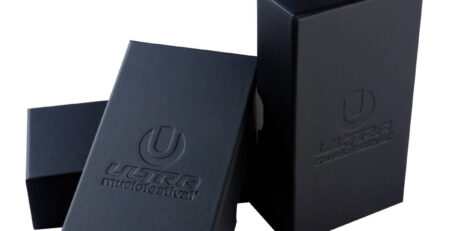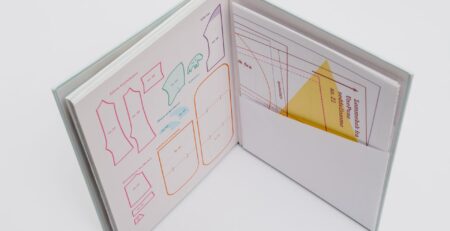Benefits of a book edge printing machine
Working manual of the book edge print machine
A book edge printing machine, also known as a book edge printer or book edge gilder, is a specialized printing machine used to add decorative designs or text to the edges of books. It is commonly used in the production of high-end or luxury books, where the edges of the pages are embellished to enhance the overall aesthetic appeal.
The book edge printing machine typically employs a process known as gilding or edge painting. It involves applying ink to the exposed edges of the book pages. The machine can be programmed to print various patterns, colors, or text on the book edges, adding a visually striking element to the finished book.
Book edge printing machines often utilize advanced printing technologies, such as digital printing, to achieve precise and high-quality results. They may feature adjustable settings for controlling ink deposition, drying mechanisms, and other parameters to ensure consistent and accurate edge printing.
Overall, book edge printing machines are specialized equipment designed to enhance the visual appeal and value of books by adding decorative elements to the edges of the pages.
- Process: Book edge printing machines typically use a method called gilding or edge painting. The process involves applying ink to the exposed edges of book pages. The machine can be programmed to print various patterns, designs, colors, or even text on the edges.
- Decorative Options: Book edge printing machines offer a wide range of decorative options. They can apply metallic foils for a luxurious and shiny appearance, UV coatings for a glossy effect, or custom ink colors to match the book’s design. Some machines can even create gradient or multi-color effects on the book edges.
- Precision and Consistency: These machines are designed to achieve precise and consistent edge printing results. They often incorporate advanced printing technologies, such as digital printing, to ensure accurate ink deposition and registration. This allows for high-quality and uniform edge designs across multiple books.
- Automation: Many book edge printing machines feature automated processes to streamline production. They can handle large volumes of books, automatically feed them for printing, and adjust settings for different book sizes. This automation helps improve efficiency and productivity in book manufacturing.
- Customization: Book edge printing machines offer a high degree of customization. They can be programmed to print unique designs, logos, or text on the book edges, allowing for personalized or branded books. This customization capability is particularly valuable for limited edition books, special event publications, or corporate gifts.
- Finishing Touch: Edge printing adds a distinctive visual element to books, making them stand out on bookstore shelves or in personal collections. It provides an extra level of craftsmanship and attention to detail, elevating the overall aesthetic appeal and perceived value of the book.
- Book Types: Book edge printing machines can be used for various types of books, including hardcover books, softcover books, journals, notebooks, diaries, and even special packaging projects. They are especially popular for high-end and luxury book productions, where the design and presentation are crucial.
It’s worth noting that the specific features, capabilities, and technologies of book edge printing machines may vary depending on the manufacturer and model. It’s advisable to consult with manufacturers or suppliers to get detailed information about the specific machine’s functionalities and options.
The benefits of a book edge printing machine include:
- Enhanced Visual Appeal: Book edge printing adds a visually striking and unique element to books. It allows for the customization of the book edges with intricate designs, patterns, colors, or text, making the books more visually appealing and attractive to readers or potential buyers.
- Differentiation: In a competitive book market, having a distinct and eye-catching feature like edge printing can help books stand out from the crowd. It gives books a unique selling point and can attract attention from readers, collectors, or gift buyers who appreciate the extra level of craftsmanship and personalization.
- Branding and Personalization: Book edge printing machines enable the customization of the book edges with logos, brand names, or personalized messages. This is particularly valuable for businesses, publishers, or authors who want to create branded or limited-edition books, commemorate special occasions, or provide personalized gifts.
- Increased Perceived Value: The addition of edge printing can enhance the perceived value of books. It gives the impression of a higher quality, premium product, which can justify higher price points and appeal to customers who are willing to invest in well-crafted, visually appealing books.
- Versatility: Book edge printing machines offer versatility in terms of design options. They can accommodate various book sizes, materials, and printing techniques, allowing for flexibility in creating different styles and effects. This versatility makes them suitable for a wide range of book types, from hardcover novels to luxury art books.
- Efficient Production: Book edge printing machines streamline the production process, especially for larger volumes of books. They automate the printing and application of designs, ensuring consistent results and reducing the time and labor required for manual edge painting or gilding.
- Customization at Scale: With the automation and precision of book edge printing machines, it becomes feasible to achieve customization at scale. Whether it’s producing a limited edition of books with unique edge designs or fulfilling bulk orders with personalized text on the edges, these machines enable efficient customization in large quantities.
Overall, book edge printing machines offer a range of benefits that contribute to the visual appeal, differentiation, branding, and perceived value of books. They provide opportunities for creativity, customization, and efficient production, helping publishers, authors, and businesses create unique and captivating book offerings.







发表回复